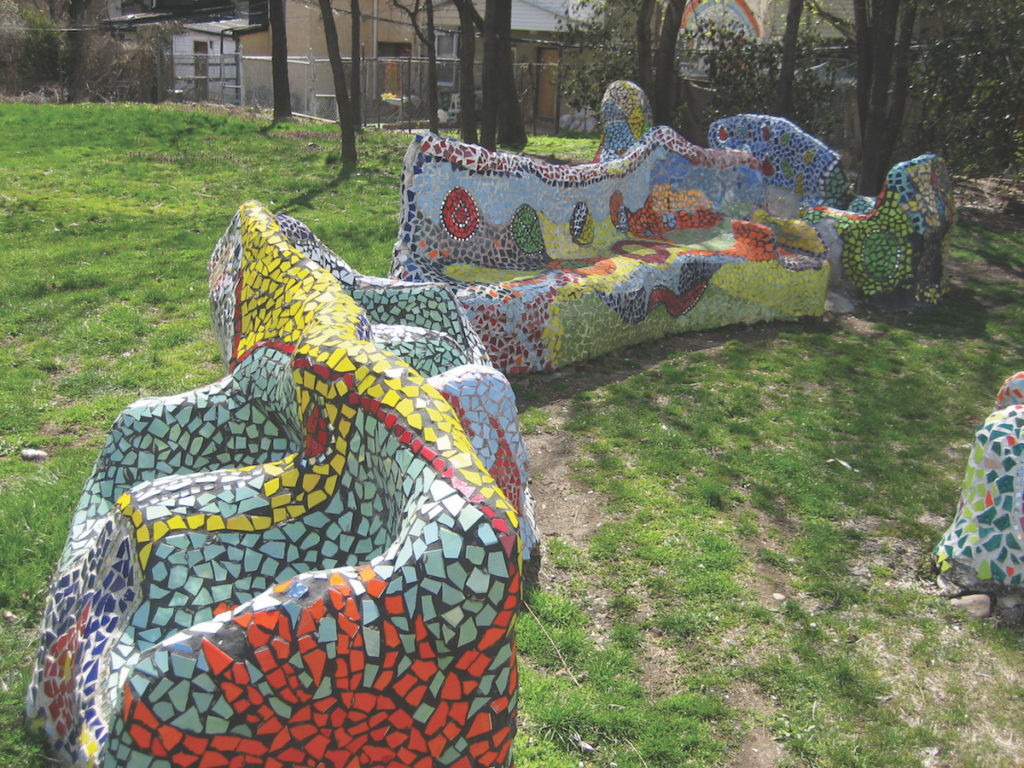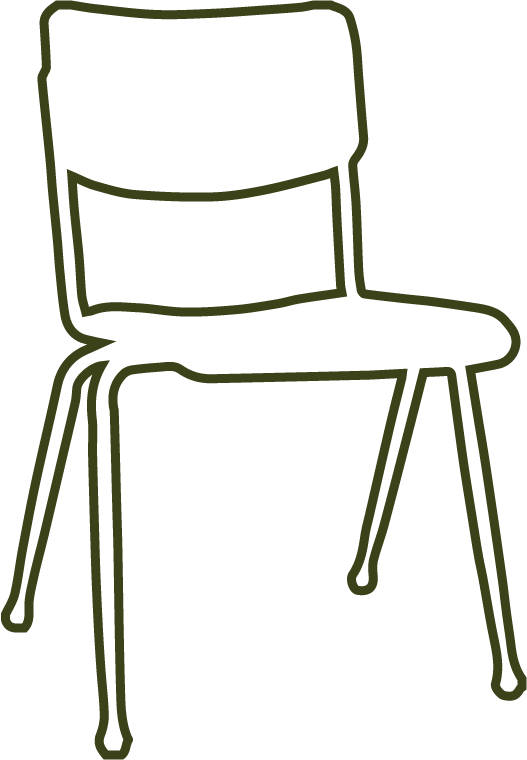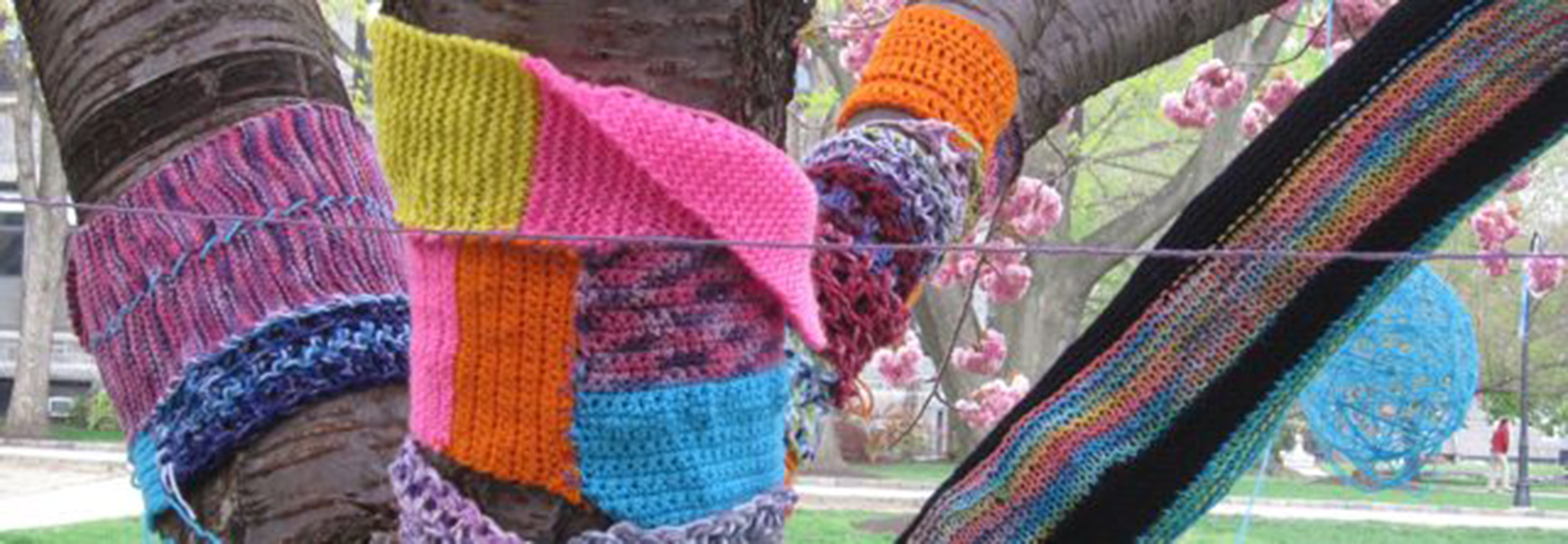—Judith Butler, Precarious Life
Clare: My story begins with a pair of gloves acquired only months ago. It had been an especially cold winter, and I was rummaging through my family’s disparate collection of winter accessories in search of warm gloves. I stumbled across an old pair of my great aunt’s, which were given to her by my mom only a few Christmases before she passed away. They’re quite stiff, and it’s obvious they have hardly been worn. My aunt had received them right when her outings began to dwindle, when driving and traveling had become all the more difficult with age.
When I first held the gloves in my hands I felt close to my aunt. I imagined her ten fingers snuggly encased within their fleece lining and was comforted that mine, too, would be similarly enclosed. I stared for moments at a particular mark on the left glove. Mary (or “Auntie M” as she affectionately liked to be called after Dorothy’s aunt in the Wizard of Oz) was a heavy smoker. I remember sitting on the front porch of my grandmother’s home in Scranton, Pennsylvania when I was about five years old, and suggesting to M that I would stop sucking my pacifier, as per a desperate plea from my dentist, if she promised not to smoke. It was then, at a young age (although too old, I’m certain, to be resolutely attached to my pacifier) that I was already placing myself within an economy of exchange, one in which our own vices, our own mechanisms for coping with an uncertain world, would be swapped for the other.
The mark on the glove seems to be the result of the accidental stumbling of her cigarette, in which its sultry tip had briskly touched the garment’s exterior, gently melting some of the little puckered holes decorating its surface into a soft imprint. The blot emerged, in my minutes of recollection, as a story of an un-narrated moment—one that wasn’t disclosed until the aftermath of Mary’s death. The glove enacted a crumpling of time; it allowed, if only momentarily, past and future to touch.
I lost the glove one evening as my family was forced to evacuate a burning restaurant. The restaurant ended up being fine, and I wasn’t so much worried about the lost glove itself as I was about Mary. It was the doubleness of the displacement, of my aunt and now her object, which distressed me the most. And yet, there seems to be something about clothing that is much more about distance than intimacy, about loss rather than gain. In the end, this un-pairing of the glove seems fitting. When my “Auntie M” passed, we were literally unpaired, our treasured dyad ruptured.
My sister has always staunchly insisted that she won’t wear dead people’s clothes. In my work on textiles, I’ve come to the conclusion that all clothes are the product of ghosted or dead bodies, which is precisely why I find them so compelling. As Karl Marx would have it, the commodity always obfuscates the touch of its producers. Our clothes, then, are never our own. As much as cloth is about belonging—about obtaining the proper fit—it engenders absence as well as presence, injury in addition to reparation.
I am left with one glove rather than two, a glove that now has very little “use value” without its other mate. My hope was that Mary’s glove might be found when the snow finally defrosts beneath the warmth of an arriving spring. But maybe it’s better that the lost glove remains lost. Both in scholarship and life, I’ve been invested in probing the gap between fabric and flesh, cloth and body, and I wonder what possibilities exist in this empty space. I’m sure “M” would have loved the story about her glove being left behind during my family’s evacuation from a restaurant with nothing more than a clogged hood in their kitchen. I can hear her giggle. That makes me smile.
What this story reveals for me is how narratives congeal around the hybridization of subject and object. In reconsidering how I’ve shaped this personal narrative, I wonder in what ways I have mimicked myself to and against my analysis.
In one of my graduate seminars, we’ve been talking about “writerly” fidelity. The class discussed how we see this made legible in the mimetic relation between self and object of study. This “fidelity” or faithfulness to ideas might be said to surface in theoretical texts that introduce personal narratives where the individual voice “ruptures” more traditional, objective theorizations. And yet, I wonder, is any act of writing—or any mode of articulation—really intimate, with self and object thoroughly sutured? To write is to exteriorize; thoughts flow from the channels of the mind to the tips of the fingers, finally surfacing on paper or screen. We might say that the self is always “othered” in the very process of writing, that to write is to perform a splitting or severing of identity. So much of who we are is dependent upon mediation and the difficulties that ensue in these processes of translation.
And so, I rethink the way I tell this story of my aunt through her garment. The gloves mediate my own grief and stand in, if temporarily, for her absence. They bind aunt and niece across time and the chasms imposed by death. The story is one of recollection and recursivity, of returning to consider where the self lies in its disappearance, in memory, narrative, and the things we leave behind.


